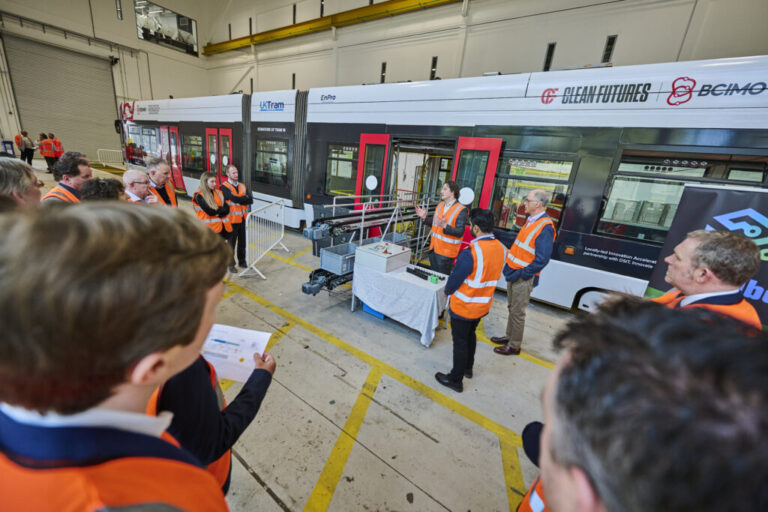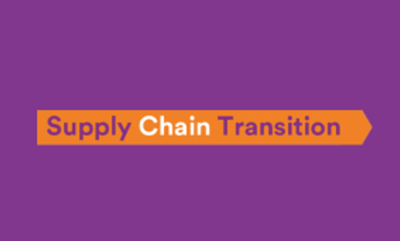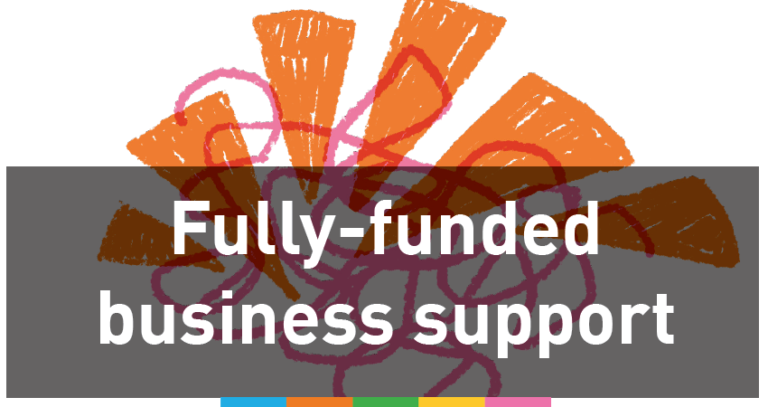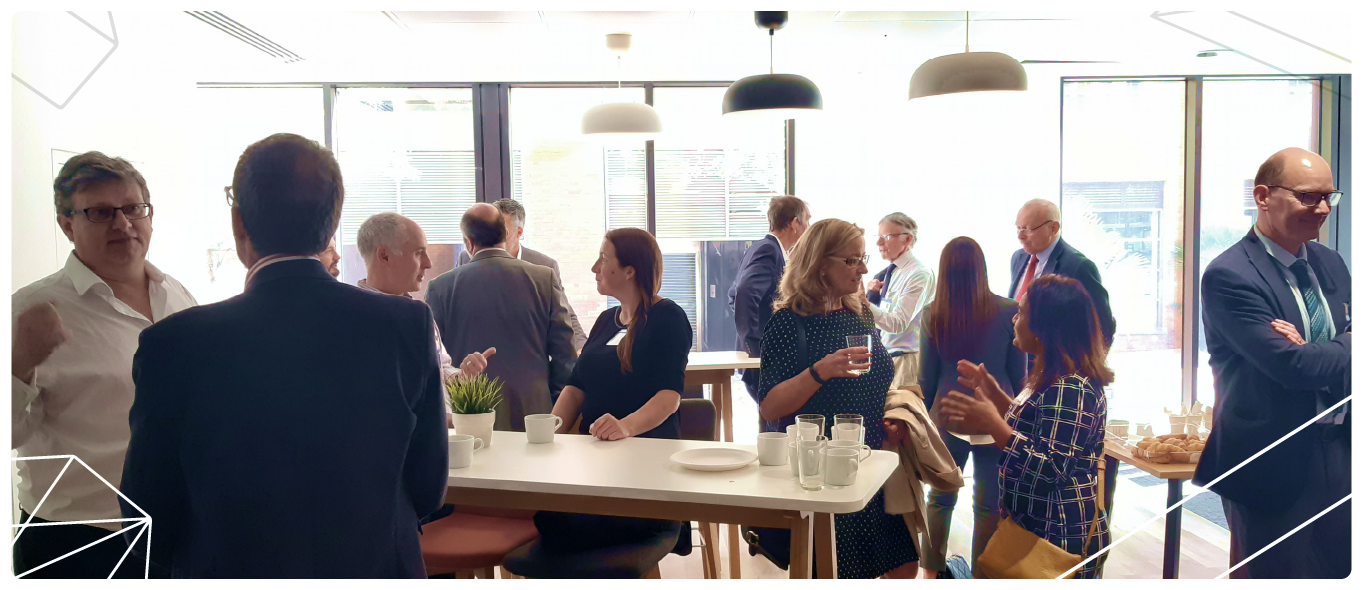
On the 14th June 2022, the Innovation Alliance WM, in partnership with the NatWest Accelerator Hub in Birmingham, had the pleasure of bringing together industry, academia and public sector stakeholders for our Innovation Policy and Practice event focussing on ‘Financing Growth through Innovation in the West Midlands’.
Regional business leaders from different sectors shared their stories of accessing finance to grow their businesses, considering the needs, opportunities and challenges at different stages of business growth.
Each speaker reflected on what we as a region do well and how we could better support businesses in the region to access finance to scale through innovation.
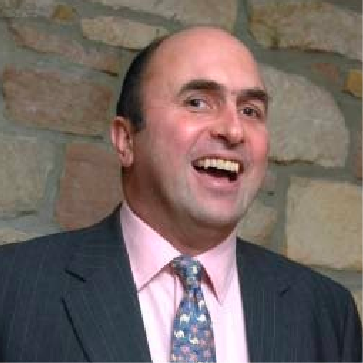
Charles de Rohan, The Binding Site
The Binding Site started life in 1962 at the Birmingham Medical School. The company was founded with bank debt secured on assets, moving on to cash generated through sales. As such, commercial success has always been of importance.

In 2011, the company’s funding structure changed and after various iterations of thinking about where to go, it was sold to Nordic Capital. It went through the purchase of founders funding and raised capital through private equity investment and bank debt. In 2018, the company went through a fund extension. During this process they had to work with rating agencies and discovered the importance of developing their trust, which was not an easy task.
“Another lesson learnt was the importance of choosing partners carefully, and to choose the ones that shared the company’s long-term vision.”
Charles cited this as the key difference between partners and investors. The latter prioritise short-term, next-quarter results and as such avoid sharing deep knowledge with stakeholders.
Funding Growth through Innovation:
Charles’ take on innovation runs all the way through The Binding Site’s model, you need to invest in innovation to get returns. You need to think of products that are unique, better or far better than what already exists. Binding Site are constantly on the cusp of new innovations, with a proven long-term track record of organic growth.
They now sell around world but started selling mainly in the UK with a few US sales. In the beginning it was important to work with distributors to help understand and access partners in other countries. Once sales reached a critical mass it then became important to manage principles with distributors as at some point you might have to take over sales. This is a delicate but fundamental part of the route to market because it both improves distribution to customers and allows you to take in more sales margin.

Carlton Cummins, Aceleron Energy
“We are now six years into the journey and still in the trenches!”
Aceleron Energy is in the field of building sustainable energy storage. The inspiration came from looking at the trajectory in the energy market and finding a gap. The company knew energy storage was going to be a key area and that batteries where not being built for large scale applications and not being built for longevity and reliability.
Looking from a founder’s perspective, Carlton explained that founders tend to focus on the WHY of what they do. For innovation, it’s about explaining why people need it. You must help people extrapolate their thinking, to look to the future of consumption requirements, not focus on where requirements are now. During Aceleron’s journey, Carlton cited incumbents as the hardest stakeholders to get on board as flag bearers, predominantly due to their conservative take on market disruption. They often watch from arm’s length, observing your success before taking you seriously.
“In the beginning national competitions were important for us, as a safe space to test your narrative, to send a message about what you do, and attract talent.”
Aceleron entered 35 competitions, winning several, in some cases bringing funds, but also raising visibility of the business.
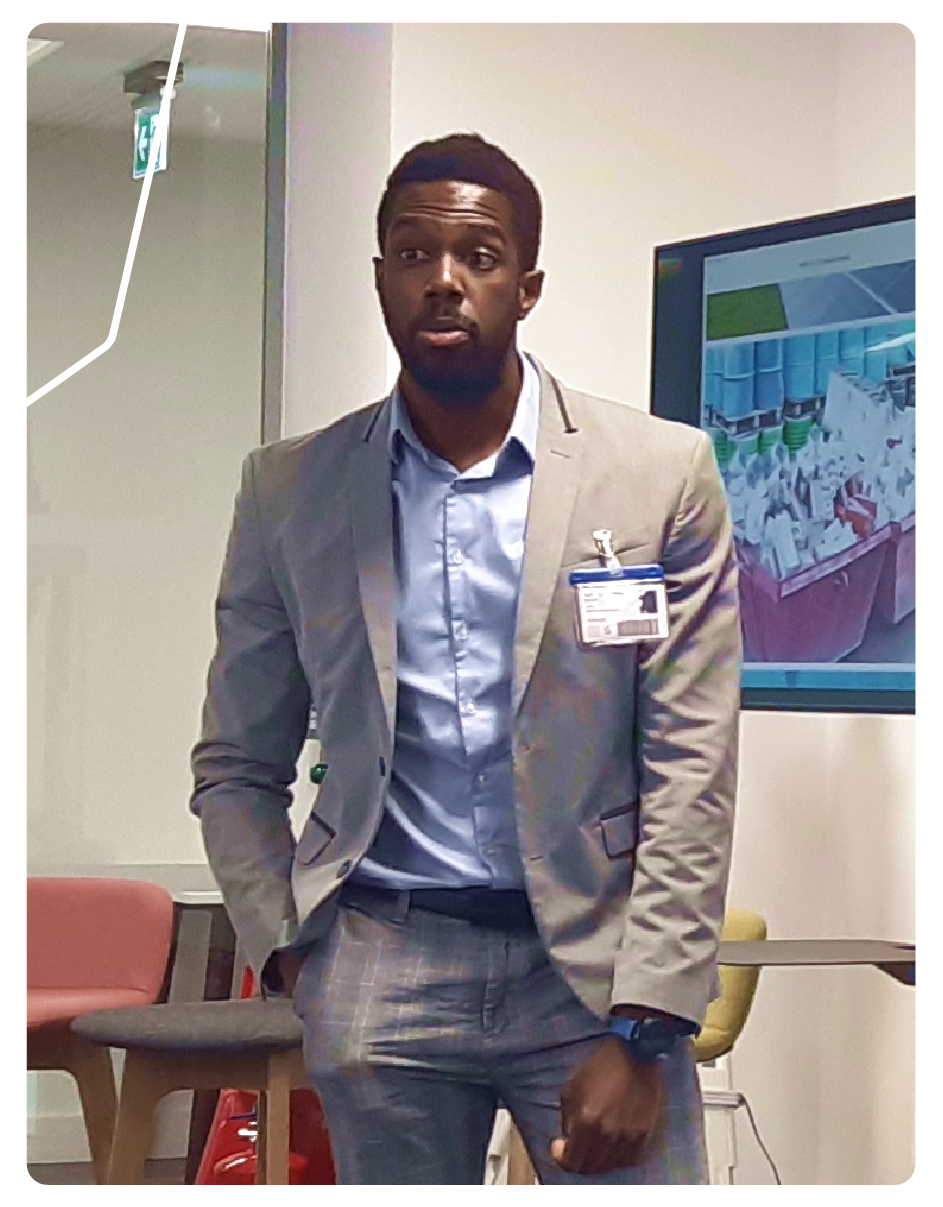
Bringing new people into the business, as is often needed at the stage of growth where there is significant investment, can also be an interesting experience for founders. In Aceleron’s case there was the requirements to set up an external board, ultimately this is a necessity as external viewpoints act to help shape and drive the trajectory of the business, this should be seen as a benefit instead of a challenge.
Funding Growth through Innovation:
Regarding growth through innovation, Carlton’s observation is that you can move faster in the US but moving fast can also give you rope to hang yourself! The EU system is more prudent, giving you crucial space to mature and the grant funding helps a lot. Regarding disclosure of their ideas, they found that the UK and EU tend to be more collaborative and open about what businesses are doing, while the US takes a more stealth like approach.
“Don’t use investments to experiment.”
Carlton cited Innovate UK and grants as great vehicles to move from narrative phase to the demonstrating phase. Aceleron now has both grant partners and financial partners and Carlton advises others to get as far as they with grant funding before starting discussions with conventional investors. The latter tend to favour mitigating risk, leaving little room for ambiguity when it comes to testing and experimenting with ideas.
Aceleron has six years of traction but often feel at risk of being two or three mistakes away from defeat. They focussed on pre-seed grants and angel investors. Important traction points were the ability to demonstrate patents, sales and partners, which were used as leverage to get investors on board.

Chelsey Bird, Hy-Met
Hy-Met launched in January 2021, designing the next generation of hydrogen flow meters to support the transition to a sustainable energy economy. As a much earlier stage business, Chelsey noted three main challenges for the business: maintaining cashflow; balancing funding for staff and supporting the founders; and access to debt financing, citing the latter as a real challenge for innovative businesses.
Funding Growth through Innovation:
To tackle this Hy-Met is offering consultancy services to generate cash flow while continuing to develop their product in background with the hopes of manufacturing their sensors in the UK.
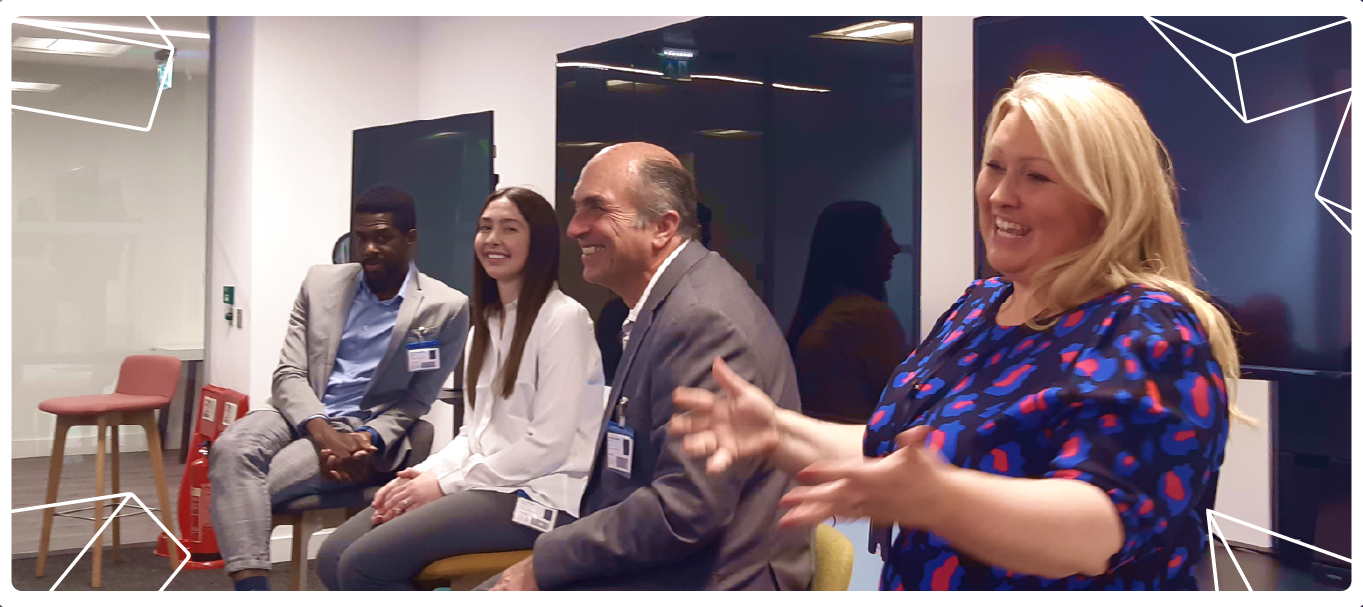
Key Takeaways from the Panel Discussion:
Challenges:
- There are lots of resources on how to raise finance, but not much on how to help find match funding when you don’t have cash.
- Identifying and benefitting from innovation networks could be better promoted as many entrepreneurs are unaware of their existence.
- More focussed brokerage between entrepreneurs and potential markets is required.
- The West Midlands is better at small scale venture investment. Long term commitment from investors is a real issue for the region. It is not always possible to realise short term returns.
- There is less recognition and support for spinouts and startups not associated with universities.
Opportunities:
- Whilst funding for early stage business growth is a challenge for the region investors in the West Midlands are a lot more comfortable with funding hardware start-ups than in other regions like London.
- The use of R&D tax credits is a great way to save costs by reducing your tax bill. However, it may be advantageous to consult a specialist rather than your standard accountant. They will have better experience in understanding the scope for claims, which can be much wider than expected.
- Networks and co-location can be important to bounce ideas around with peers, but these places need to allow you to be authentic and provide the support from a business pull perspective as opposed to pushing a programme of content in line with delivery assumptions.
- Cross-collaboration opportunities with cyber security is growing as an emerging area of need, especially when it comes to remote data collection.
- Using Intellectual Property as a mechanism to leverage funding. Investors feel a lot more comfortable knowing a business has protected its ideas early.
Innovation Policy and Practice events are part of the Innovation Alliance portfolio of support networks. Our aim is to provide a space where the top down voice of our regional strategy and policy makers meets to bottom up voice of the regional innovation ecosystem.
If you have an interest in cyber, health, manufacturing, smart and digital technology, transport or zero carbon the check out our range of networks to meet peers and discover opportunities here.



